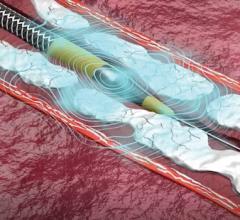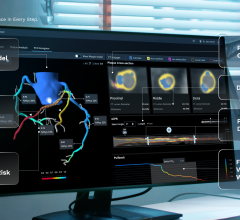
March 3, 2015 — Tryton Medical Inc. announced that results from the company’s pivotal clinical trial for the Tryton Side Branch Stent were published in the Journal of the American College of Cardiology. The Tryton Pivotal IDE Trial, which enrolled 704 patients at 67 centers in North America and in 11 countries in the European Union and Israel, was the largest coronary bifurcation study ever conducted.
The Tryton Pivotal IDE trial was a randomized study comparing the Tryton Side Branch Stent to conventional provisional treatment with balloon angioplasty in the side branch. Both study groups were treated with standard drug-eluting stents in the main vessel. Among the 704 patients in the study, fully 60 percent of side-branch vessels treated were smaller than 2.25 mm diameter by quantitative coronary arteriography (QCA). The intended population for the trial included patients presenting with side branch vessels of 2.25 mm diameter or greater by QCA.
Researchers reported that while the study did not meet its primary endpoint of non-inferiority in measures of target vessel failure (TVF) in the overall population of patients treated, post-hoc analysis of outcomes in the intended study population of 289 patients with side branch vessels of 2.25 mm diameter or greater by QCA showed reductions in TVF and side branch percent diameter stenosis with the Tryton stent. In addition, both the Tryton and provisional treatment strategies were shown to have similarly low rates of stent thrombosis and no cardiac deaths reported at nine months.
“The most important finding was the performance of the Tryton Stent in the intended population presenting with complex bifurcations involving significant side branches. In this population, Tryton showed a reduction of TVF within the non-inferiority margin pre-specified for the entire population and significantly reduced side branch percent diameter stenosis,” stated Philippe Genereux, M.D., director of the Core Angiographic Laboratories at the Cardiovascular Research Foundation and the lead author of the manuscript.
For more information: www.tryton.medical.com


 November 14, 2025
November 14, 2025 









